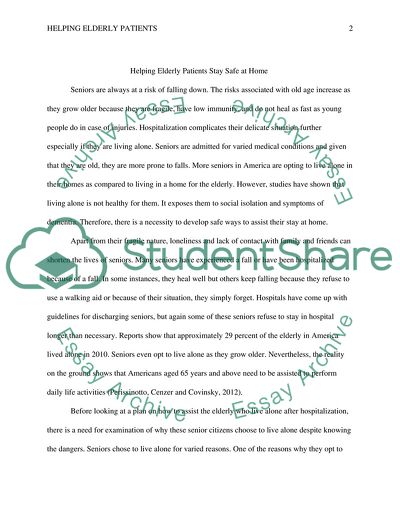Cite this document
(Seniors living alone after hospitalization discharge Assignment, n.d.)
Seniors living alone after hospitalization discharge Assignment. https://studentshare.org/nursing/1840550-helping-elderly-patients-stay-safe-at-home
Seniors living alone after hospitalization discharge Assignment. https://studentshare.org/nursing/1840550-helping-elderly-patients-stay-safe-at-home
(Seniors Living Alone After Hospitalization Discharge Assignment)
Seniors Living Alone After Hospitalization Discharge Assignment. https://studentshare.org/nursing/1840550-helping-elderly-patients-stay-safe-at-home.
Seniors Living Alone After Hospitalization Discharge Assignment. https://studentshare.org/nursing/1840550-helping-elderly-patients-stay-safe-at-home.
“Seniors Living Alone After Hospitalization Discharge Assignment”. https://studentshare.org/nursing/1840550-helping-elderly-patients-stay-safe-at-home.


